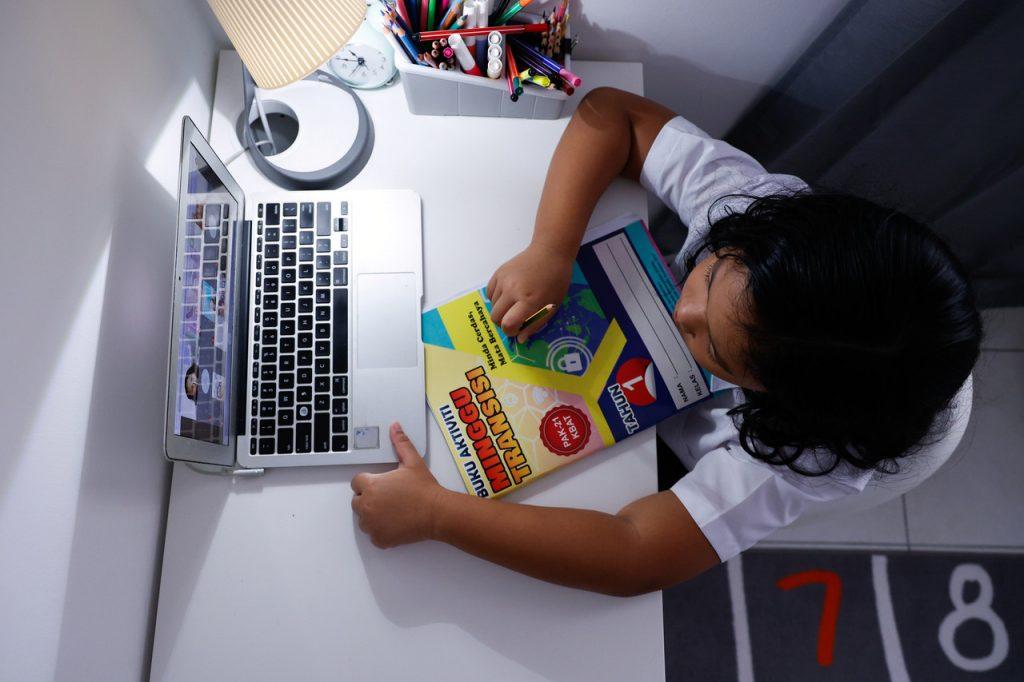One year on, questions still abound for pandemic-era teachers
How to keep students engaged through online learning and to tackle the different contexts in each school are just some of the uncertainties they have.
Just In
A year after the Covid-19 pandemic hit Malaysian shores, upending conventional ways of teaching and learning and forcing those in the education sector out of their traditional comfort zone, many teachers are still grappling with questions concerning their role in the new normal – questions which, for some, are mirrored in their students as well.
Fresh from the roller-coaster ride of 2020, educators and students across all levels are now back in the classroom although for most, the classroom is virtual and contact with others depends on webcams and microphones.
For the most part, conducting lessons online has been different, to say the least.
Chew Mei Yee from NGO Teach for Malaysia said when news broke that face-to-face classes would no longer be held, the question for many was what home-based learning would look like.
Although the education ministry released a guideline on the matter, some teachers were still concerned about the new schedule and what would be expected of them.
And at least some of these concerns appeared justified.
“We had 90 teachers who were teaching last year,” said Chew whose organisation aims to address and eradicate inequity in education. Through a fellowship programme, potential talents are hired to teach full-time for two years before doing so on a long-term basis at high-need schools around the country.
“Even with their best efforts of being super creative and really trying to engage with students, the reality is there are maybe 30% of students who are engaged in learning.
“That’s a big question,” she told MalaysiaNow. “How do you really reach all the students?”
“The reality is there are maybe 30% of students who are engaged in learning.”
But students have questions, too.
“There’s been a lot more talk among the Form 5 students especially, like a sense of loss of direction and purpose. What are they really learning for at the end of the day?” Chew said.
“For the first time ever, they have all this time on their hands. In that sense, how do they manage their time, especially when different teachers have different expectations and different approaches?”
This adds to the challenge for students, she said.
‘No one-size-fits-all’
Although the education ministry issued a generic guideline, it is difficult for teachers to apply it across the board.
“Every school has a different context,” Chew said.
This confusion extends to parents as well, especially for those who have more than one child and who are trying to work with a less adaptable guideline, she added.
Her suggestion?
“I would say we need to have more localised conversations between schools, teachers and students about what kind of learning rhythm of cycles would work best.”
“What are ways we can change how we think about learning and past structures?”
One way of doing things would be to return to so-called old school teaching methods using pen, paper and snail mail teaching through a correspondence-based approach between teachers and students.
But Chew said organisations also need to start asking questions such as whether the way examinations like SPM are conducted is still the best approach.
“What are ways we can change how we think about learning and past structures?”
For her, it is important to see others as partners and to put aside any and all differences.
“Students are the main stakeholders. We need to see them as key in trying to figure out how to constantly improve this distance-learning situation,” she said.
“In the end, we want the same thing – for students to try and continue learning holistically. We need to move forward together.”
Subscribe to our newsletter
To be updated with all the latest news and analyses daily.
